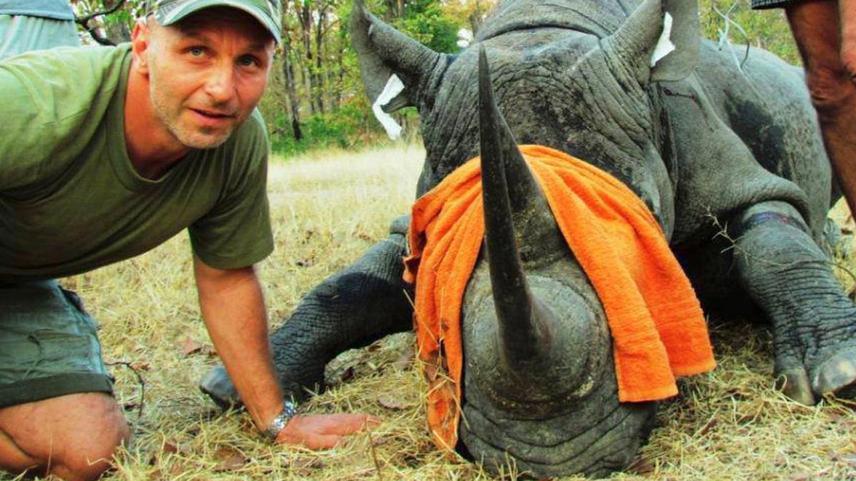Krisztián Gyöngyi
Other projects
To enhance monitoring effectiveness and better understand the habitat ecology and forage choice of black rhino in Liwonde National Park so that informed management decisions could generate better security and ensure long term productivity of the population.

National stocks of black rhinoceros (BR) Diceros bicornis have been obliterated throughout Africa and registered an alarming 96% continental population collapse since the early 1970s. Malawi had also been severely hit by the poaching crisis and lost all its rhinos by 1991. Being the crown jewel of the country's protected area network, sustaining rich biodiversity and historically sound rhino habitats as well as having long-established conservation actors (e.g. state authority, active stakeholders and booming ecotourism capacity), Liwonde National Park (LNP) was chosen for the repatriation of BR in 1993.
The country has now got two growing, re-introduced in situ populations. Being a member of SADC Regional Programme for Rhino Conservation, Malawi is committed to increasing its overall rhino numbers and supporting initiatives of genetic rehabilitation through the interchange of reproductive individuals.
Due to tenuous information on the rhinos, following recommendations by the IUCN SSC African Rhino Specialist Group, I was invited to launch my rhino ecology project in LNP in November 2012. I work closely with national parks rhino trackers and Central African Wilderness Safaris (CAWS) - a key stakeholder of rhino protection in LNP. Local capacity has been built to monitor the species (e.g. Rhino Protection Team, recently donated research vehicle) and joint efforts make sure that the park is being developed via eco-tourism, community outreach, endangered species management, fence maintenance and ecological research.
As rhino coordinator, I am exposed to various measures in LNP, e.g. tracking daily with the rhino protection team, participating in regular rhino darting and rescue operations (monitoring and population management); assisting law enforcement deployment (security); conducting ecological research (science); giving talks to visitors on rhinos (awareness); doing fund-raising internationally (sustainability); and advising management on rhino sanctuary-related decisions (e.g. anti-poaching, fence, waterholes and fire regimes).
My project endeavors to adopt ecological survey techniques, modes of applied science along with high-tech detection technology (i.e. satellite and VHF transmitters) in order to better understand movement patterns, population performance, browse preference, habitat suitability as well as enhance security of the rhinos. Understanding their resource preferences and protecting them with a dedicated team will enhance calf survival, trigger population stability and overall accretion in the long term. Emerging results will boost the emergence of efficient management measures (e.g. on ecological stressors, location of suitable future release sites) in building a viable BR population in LNP and thus contribute meaningfully to wider regional meta-population objectives.